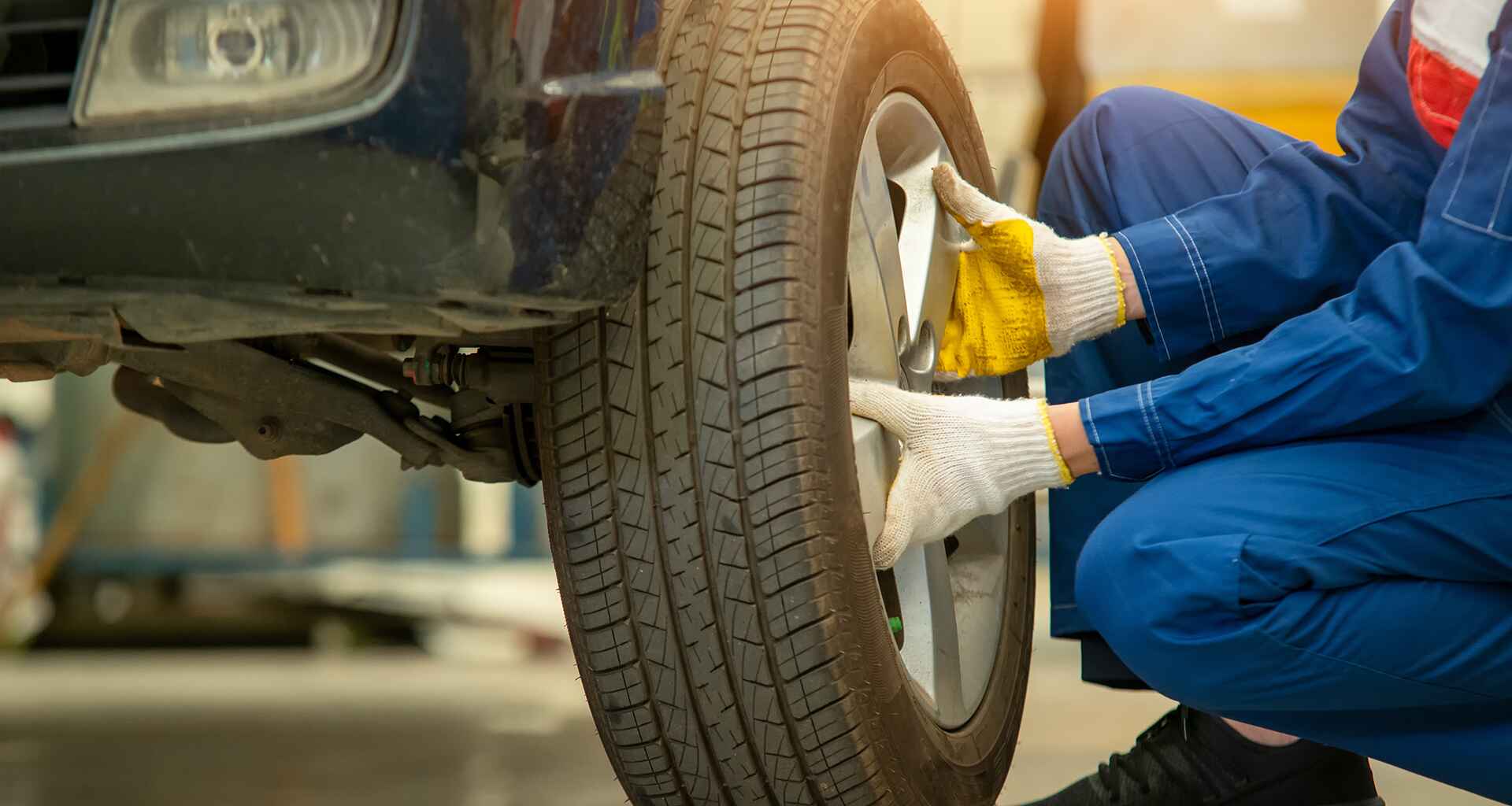When it comes to cycling, one of the most overlooked yet critical components of your bike is its tyres. The right bike tyre sizes can significantly impact your ride quality, safety, and overall cycling performance. Whether you’re a casual rider or a competitive cyclist, understanding tyre dimensions is essential to making the right purchase and ensuring compatibility with your bike. This article breaks down everything you need to know about bike tyre sizing so you can make informed decisions.

Understanding Bike Tyre Sizes
Bike tyre sizes are typically indicated on the sidewall of the tyre and may look something like “700x25c” or “26×2.1”. These numbers represent the diameter and width of the tyre, and the way they are presented can vary depending on the measurement system used.
There are mainly two types of measurements:
- ISO (International Organization for Standardization): Presented as two numbers separated by a hyphen, like 25-622. The first number is the width in millimeters, and the second is the inner diameter of the tyre (bead seat diameter).
- Traditional Sizing (Imperial or Metric): Includes formats like 26×1.95 (26 inches diameter, 1.95 inches width) or 700x28c, commonly seen on road bikes.
Both formats are widely used, but ISO sizing is more accurate and universal, especially when replacing tyres or matching with rims.
Common Bike Tyre Sizes by Bike Type
Different types of bicycles require different bike tyre sizes, optimized for specific terrains and riding styles:
- Road Bikes: Usually have 700c wheels with tyre widths ranging from 23mm to 32mm. These are slim tyres designed for speed and minimal rolling resistance.
- Mountain Bikes: Typically come with 26″, 27.5″, or 29″ diameter wheels with much wider tyres (1.95″ to 2.5″ or more) to handle rugged trails.
- Hybrid Bikes: Often use 700c wheels like road bikes but with wider tyres (32mm to 42mm) for added comfort.
- Kids’ Bikes: Sizes can range from 12″ to 24″, depending on the child’s age and height.
Understanding the correct bike tyre sizes for your bicycle ensures not only a smoother ride but also reduces wear and tear on the bike components.
Factors to Consider When Choosing Bike Tyre Sizes
Choosing the right tyre size involves more than just fitting it to your rim. Here are some key factors to keep in mind:
- Rim Compatibility
Your rim’s width and diameter determine what tyre sizes it can accommodate. Installing a tyre that’s too wide or too narrow for your rim can lead to poor handling or even blowouts.
- Purpose and Terrain
The type of riding you do greatly affects what tyre size you should opt for:
- For city commuting, a narrower tyre (28–35mm) with smooth tread works best.
- For off-road and trail riding, wider tyres (2.1” and above) offer better traction.
- For competitive cyclists, especially in racing bike tyres, narrow and lightweight tyres reduce drag and improve speed.
- Comfort and Ride Quality
Wider tyres generally offer more cushioning and shock absorption, which improves comfort, especially on bumpy roads or long-distance rides. Narrow tyres, while faster, may transfer more road vibration to the rider.
- Weather and Road Conditions
In wet or snowy conditions, slightly wider tyres with tread can provide better grip. On dry, smooth pavement, narrower tyres reduce resistance and are preferable for speed.
Racing Bike Tyres: A Special Consideration
For cyclists focused on performance, racing bike tyres are a different ball game altogether. These tyres are designed with precision, using advanced rubber compounds and tread patterns to maximize speed, grip, and efficiency. Most racing bike tyres fall within the 23mm to 28mm range and are paired with 700c wheels.
The right racing tyre balances low rolling resistance with enough grip to handle corners and variable road conditions. Many racers opt for tubeless or tubular tyres to shave off extra weight and prevent pinch flats. However, racing tyres generally have thinner sidewalls, so they may wear out quicker and require more frequent checks.
Signs You’re Using the Wrong Tyre Size
Using the wrong bike tyre sizes can cause several problems, including:
- Tyres rubbing against the frame or brakes
- Poor handling or instability
- Difficulty mounting the tyre onto the rim
- Reduced braking efficiency
- Premature wear of the tyre or rim
If you notice any of these signs, it’s a good idea to reassess your tyre size and consult a specialist or technician.

How to Find Your Tyre Size
The easiest way to determine your current tyre size is to read the markings on the sidewall of your existing tyre. You’ll find either the traditional size (e.g., 700x28c) or ISO size (e.g., 28-622). This information is crucial when buying a replacement or upgrading your tyres.
If your current tyre is worn out and unreadable, consult your bike’s manual or the manufacturer’s website. Alternatively, bring your bike to a reputable tyre provider or cycle shop.
Maintaining the Right Pressure for Your Tyres
No matter which bike tyre sizes you use, maintaining the correct tyre pressure is key to performance and safety. Over-inflated tyres can result in a harsh ride and make you more susceptible to punctures, while under-inflated tyres can reduce efficiency and cause damage to the rims.
The recommended pressure range is usually printed on the tyre sidewall. Use a reliable pressure gauge and check your tyre pressure regularly, especially before long rides.
Conclusion
In the world of cycling, choosing the right bike tyre sizes is not just a technical decision—it’s a performance and safety choice. From daily commuters to competitive racers, the correct tyre size enhances every aspect of your riding experience. Whether you’re upgrading to racing bike tyres or simply replacing a worn-out pair, understanding your options and matching them with your cycling goals is essential.
If you’re looking for high-quality, durable, and performance-oriented tyres for every bike type, Apollo Tyres offers a comprehensive range suited for both everyday use and professional racing. Their commitment to innovation and rider safety makes them a trusted name among cyclists worldwide. With Apollo Tyres, you can ride confidently, knowing you’re supported by technology, quality, and expertise.

